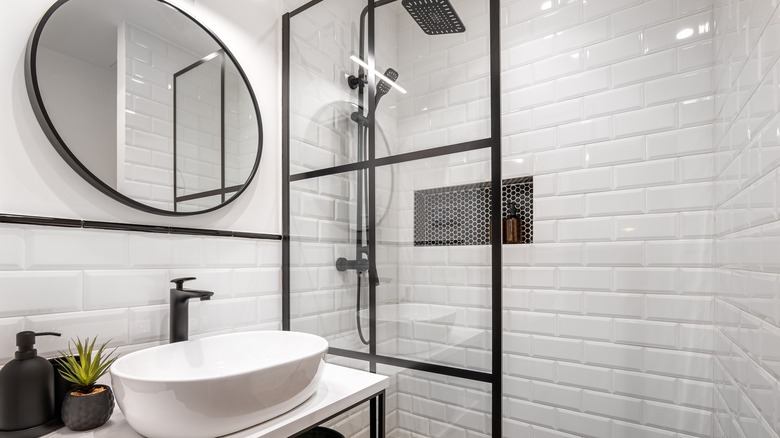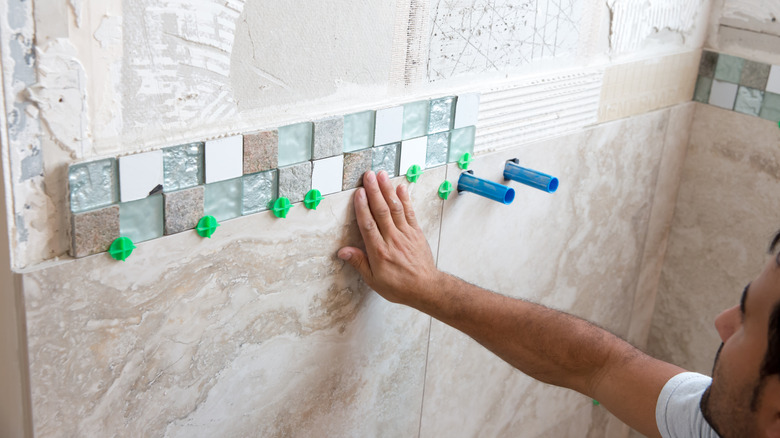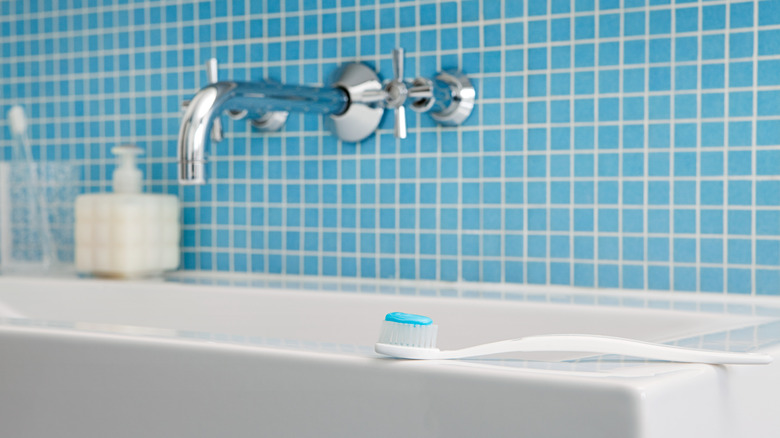How To Choose The Right Type Of Ceramic Tile To Use In Your Shower
When diving into a bathroom renovation, you'll find yourself in a sea of choices with colors, sizes, finishes, and textures that can make your head spin. This is especially the case if you've chosen to go with ceramic tiles. They're the real MVPs in the world of bathroom materials, thanks to their rock-solid durability and how they just shrug off moisture. But choosing ceramic as your best shower tile option is just your first step on this makeover journey. You've got some decisions ahead of you, like choosing between a glossy finish or a matte one, figuring out the best tile size for your space, and learning the tricks to keep them looking brand new.
Let's take a quick detour and chat about what ceramic tiles are all about. Imagine clay getting a serious glow-up in a kiln, revealing a strong and durable finish. That's ceramic right there. This whole process opens up a treasure chest of design choices — think bold colors, eye-catching patterns, and textures that make you do a double-take because they look so much like real wood or stone. And the cherry on top? Ceramic tiles are super low-maintenance and can handle the humid hustle and bustle of shower life like a champ. So, as you dive into these options, remember that picking the right ceramic tile for your shower is like creating a masterpiece. It's not just about what looks good; it's about finding something that's going to stand up to daily showers, steam, and the occasional shampoo bottle tumble with grace and style.
Gloss vs. matte: navigating the finish
Choosing between glossy and matte finishes for your shower tiles boils down to what you value, both in looks and functionality. Glossy tiles shine quite literally in this arena, adding a radiant, semi-reflective quality to your shower. They're also champions at making cleanup easy. Thanks to their slick surface, water, and soap scum glide right off, making them a wise pick if you're dealing with hard water that tends to leave behind spots and mineral deposits. However, it's not all smooth sailing with glossy tiles. Their slippery nature can be a hazard in a wet setting. And, if constant wiping down of fingerprints and watermarks isn't your thing, you might find the maintenance to keep them sparkling a bit tedious.
On the flip side, matte tiles bring a different kind of beauty to the table. They offer a modern, understated elegance with their non-reflective surface that can add depth and texture to your shower. Not to mention, they're far more forgiving when it comes to hiding smudges, fingerprints, and water spots, making them a go-to for a low-maintenance bathroom. Plus, they provide better slip resistance compared to their glossy counterparts, which is a big win for shower safety. Regardless of which finish you lean towards, sealing your ceramic tiles is non-negotiable. This crucial step shields your tiles from moisture, stains, and general wear, prolonging the life of your bathroom renovation.
Size matters: choosing the right tile size for your shower
The size of the tiles you select for your shower walls and floor can significantly impact the overall aesthetic and functionality of your space. Personal taste plays a big role in this decision, but there are practical considerations to keep in mind as well. Mosaic tiles, typically smaller in size, offer a unique opportunity to add texture to your shower. They come in a variety of colors and materials, allowing for creative patterns and designs. The high number of grout lines in a mosaic tile installation provides excellent slip resistance, making them a safe choice for shower floors.
Now, if you're leaning towards a more polished look, large-format tiles might be up your alley. These tiles stretch from 12 inches to several feet and cut down on the number of grout lines. They also give your shower a luxurious and elegant feel and are especially good at making smaller showers look a bit bigger. But here's something to keep in mind: because they have fewer grout lines, they might not offer as much grip as their smaller counterparts. For shower floors, sticking to tiles 3 inches or smaller can give you the best of both worlds — a sleek look without compromising safety. The extra grout lines mean more traction, reducing the chances of any slip-ups in wet conditions.


